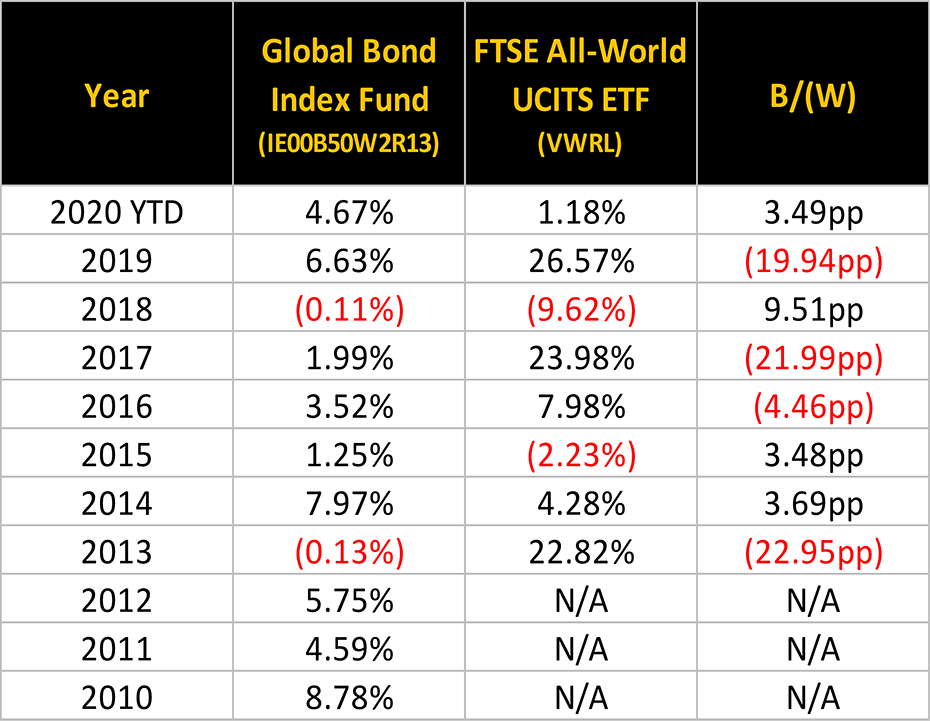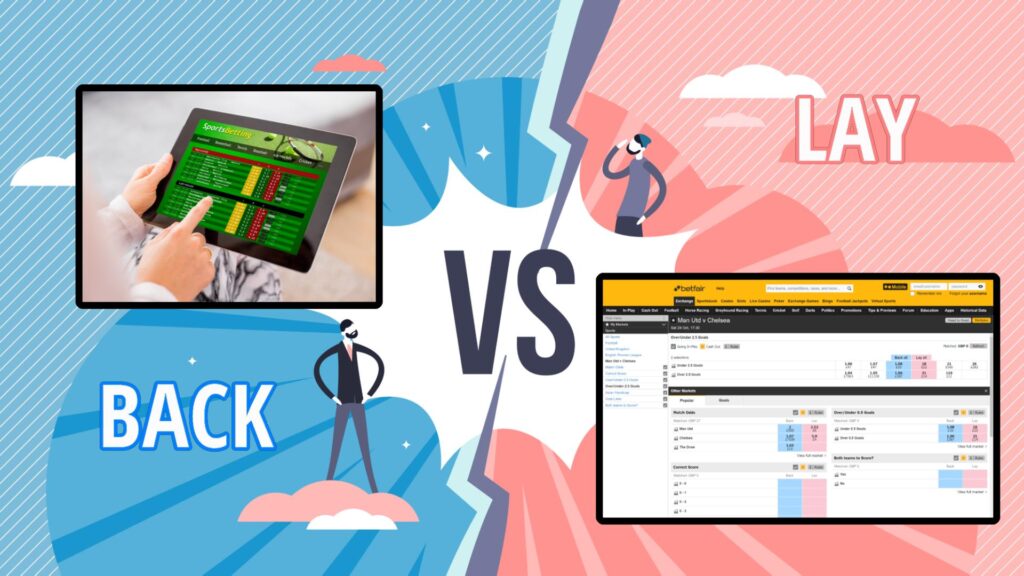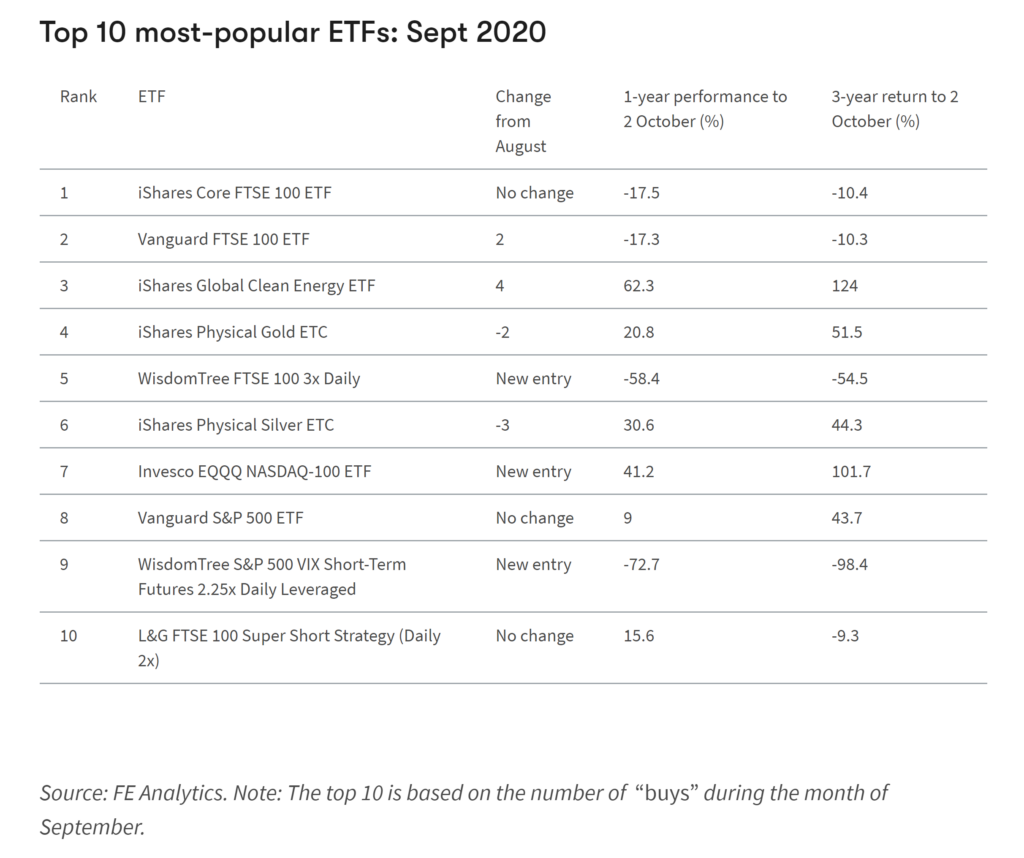If we told you a legal way of slashing your tax bill would you do it? Of course you would.
There are very few people who are supportive of the punitive taxes enforced upon them by financially illiterate and inefficient governments. Those that do support tax increases almost always expect others to bear the burden and never wish to do so themselves. “Tax the rich” is frequently roared from low earners.
The more you earn, the more your aspiration is punished, and so it is understandable when individuals and corporations take steps to legally minimise their tax payments.
Unfortunately for individuals there isn’t that much you can do, but corporations can do way more to reduce that horrid tax expense. We’ve done a few videos previously on how individuals can legally dodge tax, but here we’re going to look at some of the more common ways a company can legally avoid tax.
Hopefully, this inspires you and gives you yet another reason to setup your own business empire!
Some sections of the media condemn and lament the corporations that avoid tax, but it’s a company’s management’s duty to maximise shareholder wealth. Almost everyone in the country will be shareholders in these companies through their pensions, insurance companies, and if they’re smart, investments, and so these companies are only acting in your best interest.
Just to be clear we’re not supporting tax evasion, which is illegal. There are plenty enough legal ways to avoid tax by using a company!
Whether you’re new to this website or not, it’s worth checking out the Offers page as we have tonnes of awesome cash bonuses and ways to make money listed that are continually being updated, including how you could make £500+ tax-free each month from Matched Betting. The link to the Offers page is here.
There Is No Need For More Tax
The UK is in deep sh*t as debt and spending are spiralling out of control and tax receipts are consistently below the amount being spent exacerbating the problem.
What individual or corporation wants to pay ridiculous sums of tax when the money is just squandered? Did you know the UK government’s Coronavirus Test and Trace system has cost £12 billion so far and still isn’t fully working?
Then there’s the issue that government departments are encouraged to spend their entire budgets. If they fail to spend it all, then the following year they get a reduced budget as it obviously wasn’t needed. The result is – they spend everything.
Moreover, a bigger department will probably mean higher wages for the management, so they are incentivised to be inefficient. A few years back the TaxPayers’ Alliance found that £120 billion of taxpayer’s money was being flushed down the drain every year.
This is your hard-earned money. Just think how much extra time you have to work each week to pay the government a cut of your wages – for most it’s around 2 days a week.
They found one council had spent over £5,000 on hot drinks from a vending machine, when the equivalent number of tea bags would have cost just £200, and another council spent £19,000 on a ‘motivational magician’.
The message of this is that the government needs to stop waste, rather than punish wealth creators. And also, that it’s very easy to spend other people’s money.
How Can Any Company Avoid Tax?
1. Earn, Spend, Pay Tax
While many of the major avoidance techniques are reserved for global multinationals, the most basic way to minimise tax is available to all companies, irrespective of their size.
This means you can establish a relatively small business and yet still benefit from the order in which tax is paid. Let us explain.
An employee earns money, gets taxed immediately, and then can spend whatever’s left. The problem with this is the employee is spending after-tax pounds.
For some expenditure that’s quite fair but you might be surprised just how much you spend on stuff related to work. Expenses that you otherwise wouldn’t have incurred. So, in these cases its highly unfair to be spending after tax income on work related expenses.
For example, the work clothes which were solely bought to wear while chained to that desk were unfairly paid for with after tax pounds. The overpriced work lunch you had was also paid for with after tax pounds, and so was the petrol or the train ticket used to commute back and forth. We could even stretch it to holidays that were taken as result of the stress piled on you by being overworked and therefore exhausted.
A company on the other hand only pays tax after expenses and quite rightly to. Companies first earn, then spend, then pay taxes on the small amount remaining.
There are rules in place to stop this system being abused but they have to be fairly loose because otherwise a company may end up paying tax on revenues, which would only disincentivise entrepreneurs from creating businesses – businesses which ultimately benefit society by creating jobs.
A company, also called a corporation, can be as small as just one person, so anyone is allowed to benefit by incorporating their small business. Through a corporation, your relevant expenses are now done with pre-tax pounds.
Suddenly a meal out with a business partner becomes a business meeting and is tax deductible. If your laptop or car is used for business, you’re able to claim costs as a business expense.
We both enjoy reading about money and entrepreneurship, and as business owners we can now put our money magazines, subscriptions and books through the business as an allowable expense, meaning we can effectively buy them cheaper than you. All associated equipment used such as expensive technology or office furniture can also be claimed.
2. Keep It In The Family
Your spouse and children aren’t just there to keep you on your toes. They also come with very juicy tax allowances. A business can deduct the cost of employees before paying tax, so it makes sense to utilise this if possible.
Whilst the salary must be sensible and reflect the work carried out, there is clearly room to extract money from the business in a tax efficient manner.
There are 101 different ways to take advantage of a company setup and if you’re in business, then we suggest speaking to an accountant who knows their stuff. And if you don’t own a business, then the game is rigged against you and hopefully this video will raise your awareness to the awesome power of corporations.
How Do Big Companies Avoid Tax?
Tax avoidance techniques for multinational companies are all about location. It essentially boils down to where a company chooses to record profits and expenses. These intelligent companies simply shift profits to subsidiaries where there is a low or zero tax regime – what is commonly known as a tax haven – and simultaneously record expenses in high tax jurisdictions.
So, when we hear that Amazon or whoever it might be is paying next to no UK tax it’s because our tax regime is too greedy, and they’re just taking advantage of their global size and their industrious accountants to pay their taxes in more forgiving countries.
The financially uneducated who don’t understand tax – which includes many MPs – regularly campaign for taxes on revenue such as the 2% online sales tax. This tax might be a political vote winner, but this is a tax that is ultimately paid by the customer and is only collected by the online retailer at no cost to them. It’s turkeys voting for Christmas.
Anyway, lets now look at some techniques used to shift profits.
1. Transfer Pricing
Large companies tend to have multiple subsidiaries that trade with one another. This provides an opportunity to shift expenses to the highest tax regimes to minimise taxable profits.
For example, if a UK company owned two separate companies in Cyprus and France; when the Cyprus-based company (tax rate 10%) decides to sell to the French company (tax rate 33.3 %), it has a strong incentive to overstate the selling price.
In this scenario, profits have been increased in the Cypriot company and reduced in the French company.
2. Relocate Sales
Multinational companies can choose to sell their products from countries where they make the most profit at the minimum tax expense. They do this by moving products out of a higher tax regime to subsidiaries that add ‘value’ to the products in lower tax regimes, after which they can then be sold for more.
For example, a mining company can extract ore and then export it in an unprocessed state to a country with low taxes. There it can be processed and sold for a much higher price. The profit has been easily relocated.
3. Cost Loading
Multinationals can inflate the cost of operations in higher tax regime countries. For example, and this is hypothetical, McDonalds could produce most of its marketing in the US to load up on cost there and then use it in countries around the world. This would lower its US tax bill.
4. Internal Borrowing
Multinational companies can lend money from 1 subsidiary to another. By doing this the company in the high tax regime can rack up a load of interest expenses, artificially moving profits into the more favourable tax regime.
5. Intellectual Property
Multinational companies can choose to register patents and copyrights on things like their brand and logo in low tax regime countries.
The group’s companies based in higher tax regimes then pay a fee for the use of these items every time they make sales. Genius!
We’ve only just touched the surface and there is no way to stop companies from doing this, as there are too many loopholes and opportunities to reduce tax. If you can’t beat them, join them!
What do you think of companies that intelligently reduce tax? Geniuses or enemies of the state? Let us know in the comments below.
Check out the MoneyUnshackled YouTube channel, with new videos released every Monday, Thursday and Saturday:













